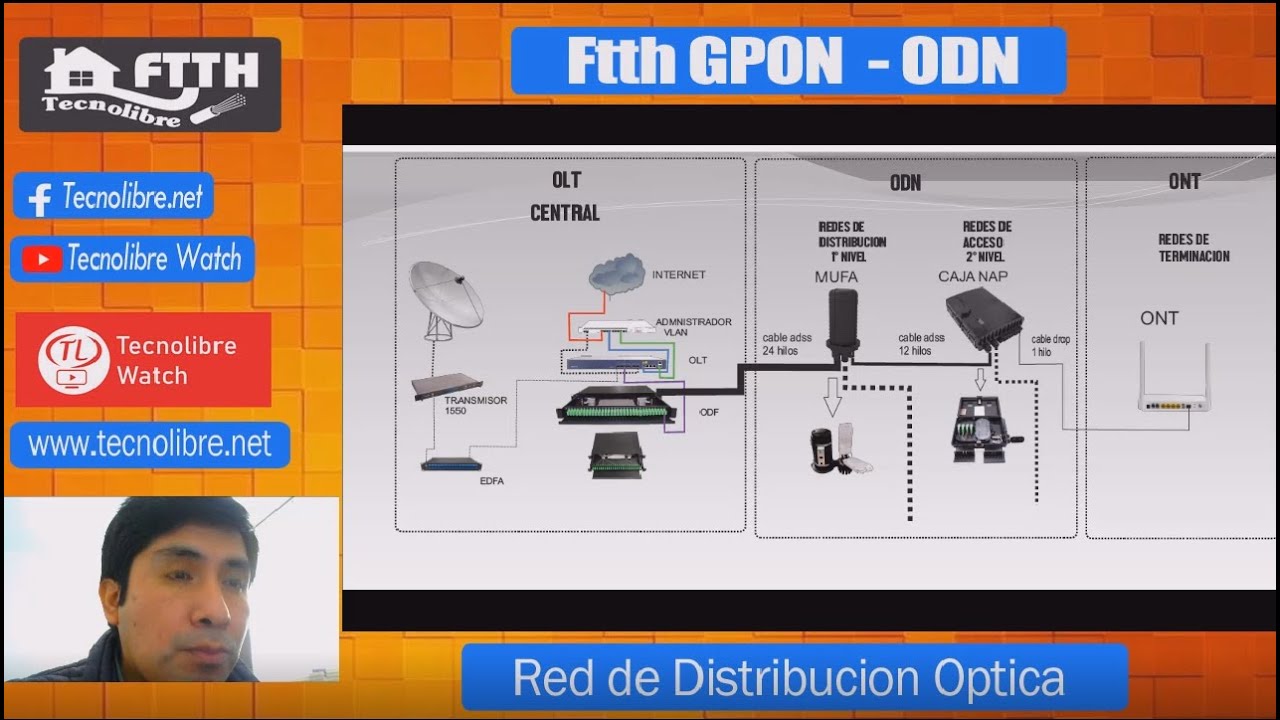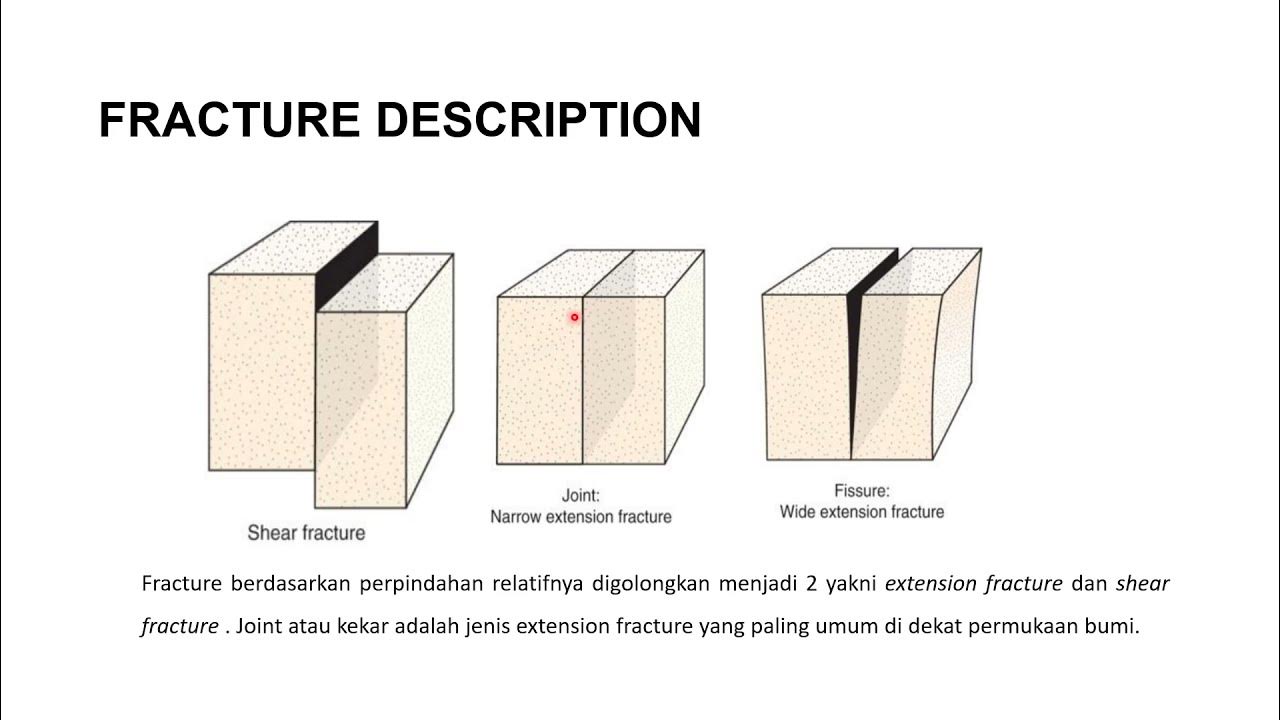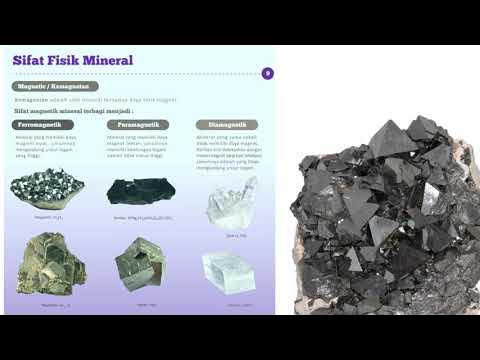How Does Television Stone Work?
Summary
TLDRThe video explains the interesting optical properties of ulexite, a mineral nicknamed 'TV rock'. Ulexite can visually mimic images of objects placed underneath it due to an internal fiber optic-like effect. Light enters ulexite crystals at specific angles enabling total internal reflection along microscopic parallel tubes, transmitting a coherent image to its surface. The unique crystal structure also splits incoming light into defined pathways, emitting multiple conical beams that reveal themselves as rings of light. This generates ulexite's unusual ability to project layered images like a natural fiber optic cable and display.
Takeaways
- 😲 Ulexite is an optical mineral that can mimic whatever surface it is placed on, making it look like a 'chameleon rock'
- 🔍 The image seen on the surface of the ulexite is actually coming from the surface below it, as if the rock is a screen displaying the image
- 👀 The ability of ulexite to transfer images is due to tiny hair-like fibers inside that act as fiber optic cables to channel light
- 💡 The light transfer happens through a process called total internal reflection, based on differences in material densities
- ⚖️ Total internal reflection depends on the angle at which light hits the surface between two materials
- 📐 There is a 'critical angle' at which all the light is suddenly reflected instead of transmitted
- 😎 The fibers in ulexite act like glass fiber optic cables to bounce light through tiny high density crystal tubes
- 🔬 When laser light shines through ulexite, it often forms rings or cones due to the round shape and varying densities inside
- 🌈 Ulexite can split light into multiple cones because it is birefringent - its crystal structure has 3 different refractive indices
- 🤓 The discovery of image transfer through ulexite preceded research into fiber optics by about 80 years
Q & A
What causes the unique optical properties of ulexite?
-Ulexite has a fibrous internal structure made up of tiny aligned crystal tubes that act like fiber optic cables to transmit light via total internal reflection.
How is the image transfer ability of ulexite different from transparent materials like glass?
-Unlike transparent materials like glass that just let light pass through, ulexite actually transfers the image from the surface it is placed on to its own top surface, as if it is a screen.
What causes light to be partially reflected at an interface between two different materials?
-The difference in densities between two materials causes some of the light to be reflected back when hitting the interface, while some is transmitted through. This partial reflection occurs due to light being an electromagnetic wave.
What is the critical angle and how does it relate to total internal reflection in ulexite?
-The critical angle is the angle at which 100% of light hitting an interface gets reflected back instead of passing through. In ulexite, the crystal tubes use total internal reflection to bounce light down their length.
Why does shining light through ulexite sometimes produce ring-shaped outputs?
-Due to the asymmetric crystal structure of ulexite having different refractive indices, exiting light rays are bent differently, producing cone-shaped outputs that appear as rings.
When was ulexite first discovered and when was its light transmission ability studied?
-Ulexite was first discovered around 1840 but its fiber optic-like abilities weren't studied until the 1920s when total internal reflection in crystals was beginning to be understood.
How does the fiber optic-like behavior of ulexite relate to its molecular structure?
-The tiny aligned crystal tubes of ulexite act like glass fiber optic cables to transmit light, producing optical effects related to the asymmetry and variations in the crystal structure.
Why does ulexite display images from surfaces it is placed on?
-The dense crystal tubes transmit surface images via total internal reflection, causing the top surface of the ulexite to display whatever is below it.
What makes the image display ability of ulexite different from a typical transparent material?
-Unlike a transparent material that just passes light through, ulexite actually transfers and displays the surface image on its top side due to its unique internal light transmission properties.
Why weren't ulexite's fiber optic-like properties understood earlier?
-The fiber optic abilities of ulexite were not studied until the 1920s, even though it was discovered in the 1840s, because total internal reflection in crystals was not yet understood.
Outlines

This section is available to paid users only. Please upgrade to access this part.
Upgrade NowMindmap

This section is available to paid users only. Please upgrade to access this part.
Upgrade NowKeywords

This section is available to paid users only. Please upgrade to access this part.
Upgrade NowHighlights

This section is available to paid users only. Please upgrade to access this part.
Upgrade NowTranscripts

This section is available to paid users only. Please upgrade to access this part.
Upgrade NowBrowse More Related Video
5.0 / 5 (0 votes)





